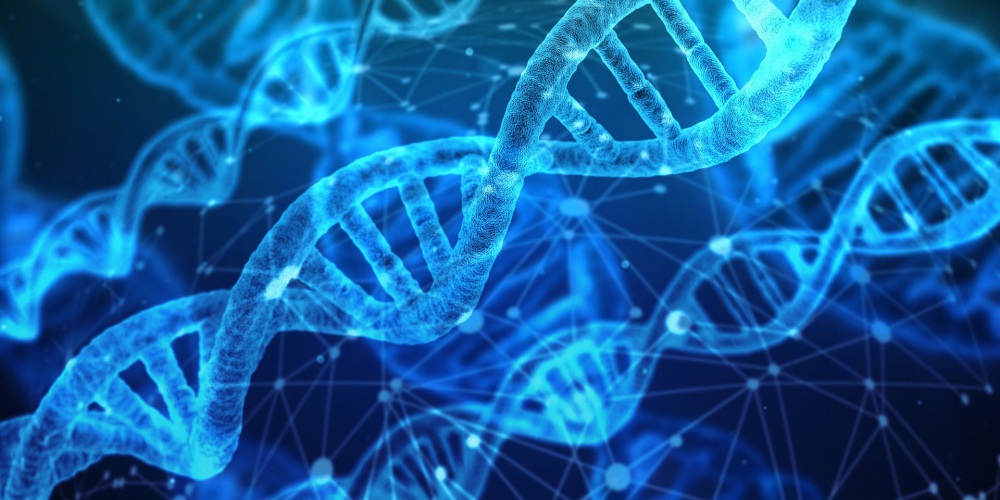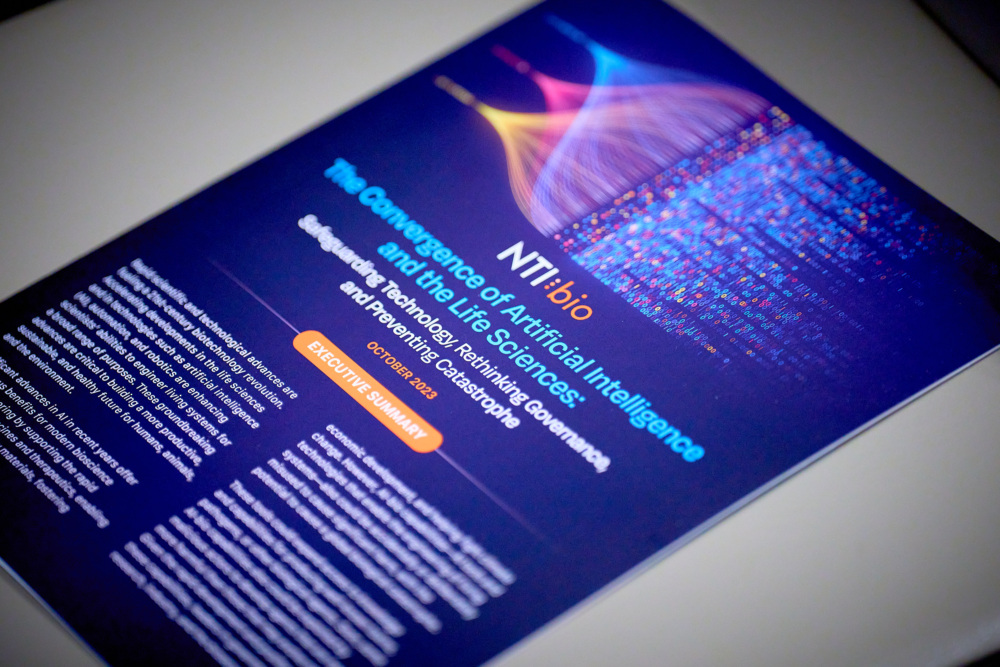A new World Economic Forum and Nuclear Threat Initiative report, Biosecurity Innovation and Risk Reduction: A global Framework for Accessible, Safe and Secure DNA Synthesis, gathers opinion from a group of global public- and private-sector experts who propose standardized screening practices to counter the threat.
Since scientists demonstrated the means to create a full viral genome in 2002, DNA synthesis technologies have become increasingly available and frequently utilized by scientists and engineers around the world. These technologies support myriad advancements in synthetic biology, which offers the potential for increased efficiency and sustainability, and drives advancements in the energy, food, agriculture, health and manufacturing industries. Further advances in technology hold great promise for sustainable development and a safer and more secure society.
At the same time, new approaches to DNA editing and synthesis have made it easier to manipulate biological agents and systems, increasing the risk of a catastrophic accidental or deliberate biological event. These technologies make it possible to create pathogen or toxin DNA that could be accidentally or deliberately misused. For example, in 2018 researchers published work detailing the synthesis of horsepox virus, an extinct virus related to smallpox, using synthetic DNA fragments purchased from a commercial provider. This demonstrated the potential for creating other viruses via commercially available technologies.
Although many DNA providers practice screening procedures to help prevent the misuse of synthetic DNA, these practices are becoming increasingly expensive relative to other business costs, increasing the economic pressure to limit such voluntary procedures. As access expands and the cost of DNA synthesis declines, more DNA will be in commerce, and additional DNA providers may enter the market, further expanding the range of people using synthetic DNA. In the next two to three years, a new generation of benchtop DNA synthesis machines, enabled by enzymatic DNA synthesis methods, could become available without guidance or norms to prevent misuse.
This report, endorsed by an international expert Working Group, recommends a global system to expand synthetic DNA screening practices by developing an international, cost-effective, and sustainable mechanism to prevent illicit DNA synthesis and misuse. The new framework offers an improvement on existing voluntary guidelines because it standardizes screening processes, is accessible to new players in the market, and provides valuable feedback data to evaluate the screening – all at lower costs.

